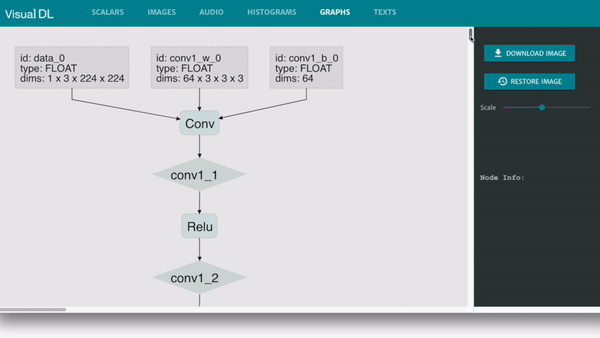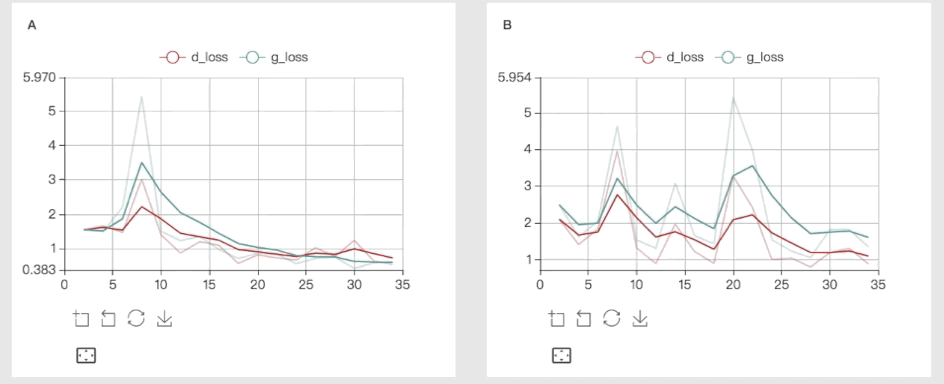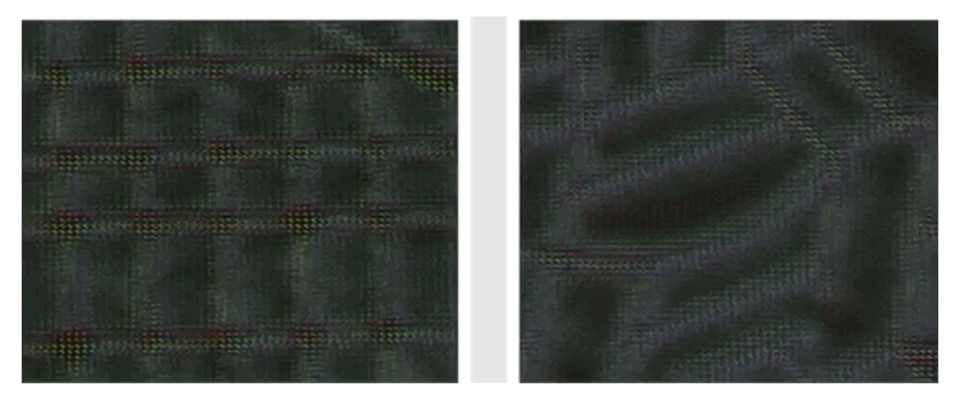VisualDL is a deep learning visualization tool that can help design deep learning jobs. It includes features such as scalar, parameter distribution, model structure and image visualization. Currently it is being developed at a high pace. New features will be continuously added.
At present, most DNN frameworks use Python as their primary language. VisualDL supports Python by nature. Users can get plentiful visualization results by simply add a few lines of Python code into their model before training.
Besides Python SDK, VisualDL was writen in C++ on the low level. It also provides C++ SDK that can be integrated into other platforms.
VisualDL now provides 4 components:
- graph
- scalar
- image
- histogram
Graph is compatible with ONNX (Open Neural Network Exchange), Cooperated with Python SDK, VisualDL can be compatible with most major DNN frameworks, including PaddlePaddle, PyTorch and MXNet.
Scalar can be used to show the trends of error during training.
Image can be used to visualize any tensor or intermediate generated image.
Histogram can be used to visualize parameter distribution and trends for any tensor.
To give the VisualDL a quick test, please use the following commands.
# Install the VisualDL. Preferably under a virtual environment.
pip install --upgrade visualdl
# run a demo, vdl_create_scratch_log will create logs for testing.
vdl_create_scratch_log
visualDL --logdir=scratch_log --port=8080
# visit http://127.0.0.1:8080
VisualDL provides both Python SDK and C++ SDK in order to fit more use cases.
VisualDL now supports both Python 2 and Python 3. Below is an example of creating a simple Scalar component and inserting data from different timestamps:
import random
from visualdl import LogWriter
logdir = "./tmp"
logger = LogWriter(logdir, sync_cycle=10000)
# mark the components with 'train' label.
with logger.mode("train"):
# create a scalar component called 'scalars/scalar0'
scalar0 = logger.scalar("scalars/scalar0")
# add some records during DL model running.
for step in range(100):
scalar0.add_record(step, random.random())Here is the C++ SDK identical to the Python SDK example above:
#include <cstdlib>
#include <string>
#include "visualdl/logic/sdk.h"
namespace vs = visualdl;
namespace cp = visualdl::components;
int main() {
const std::string dir = "./tmp";
vs::LogWriter logger(dir, 10000);
logger.SetMode("train");
auto tablet = logger.AddTablet("scalars/scalar0");
cp::Scalar<float> scalar0(tablet);
for (int step = 0; step < 1000; step++) {
float v = (float)std::rand() / RAND_MAX;
scalar0.AddRecord(step, v);
}
return 0;
}After some logs have been generated during training, users can launch board to see real-time data visualization.
visualDL --logdir <some log dir>
Board also supports the parameters below for remote access:
--hostset IP--portset port--model_pbspecify ONNX format for model file
The VisualDL Graphing system uses GraphViz to visualize the ONNX model. To enable the VisualDL Graph feature,
please install GraphViz
pip install --upgrade visualdl
git clone https://github.com/PaddlePaddle/VisualDL.git
cd VisualDL
python setup.py bdist_wheel
pip install --upgrade dist/visualdl-*.whl
# vdl_create_scratch_log is a helper commend that creates mock data.
vdl_create_scratch_log
visualDL --logdir=scratch_log --port=8080
that will start a server locally on port 8080, then you can visit http://127.0.0.1:8080 the see the visualdl board.
VisualDL is initially created by PaddlePaddle and ECharts. We welcome everyone to use, comment and contribute to Visual DL :)







